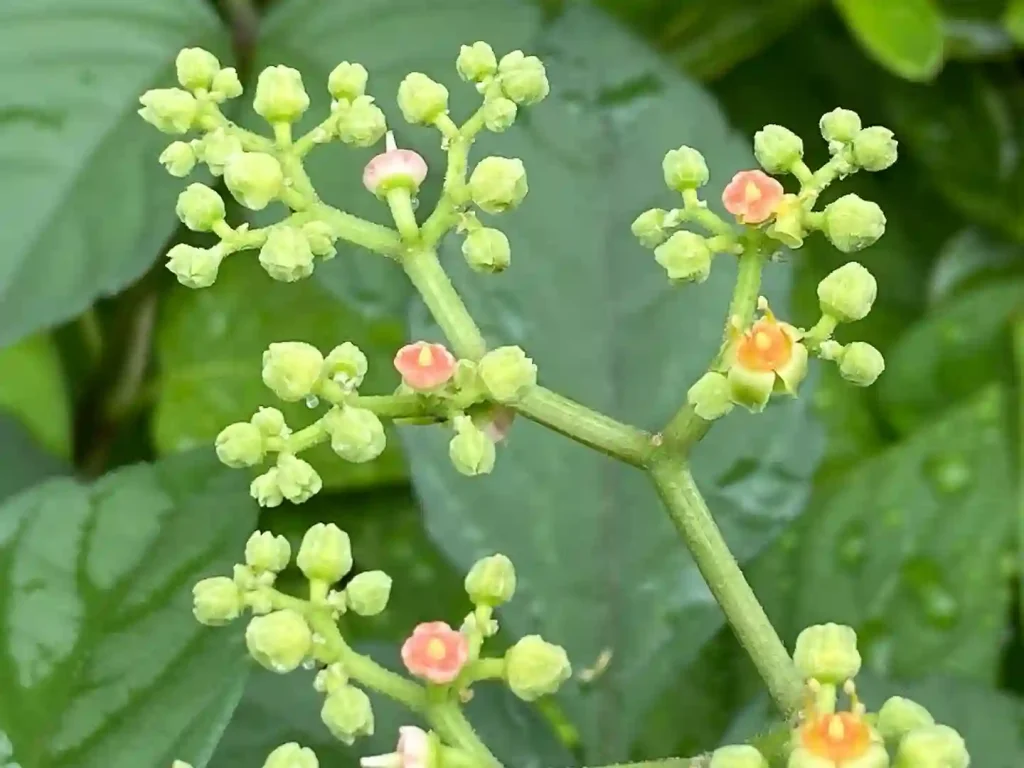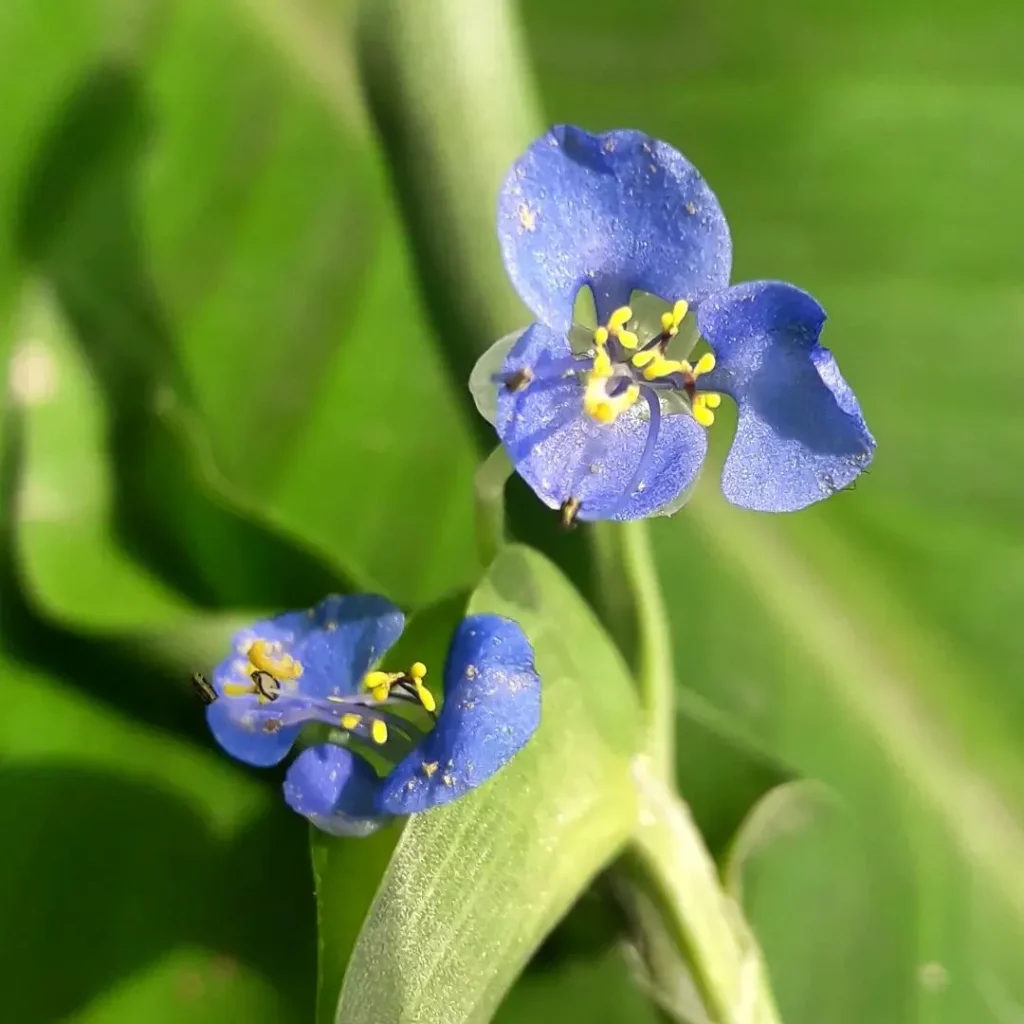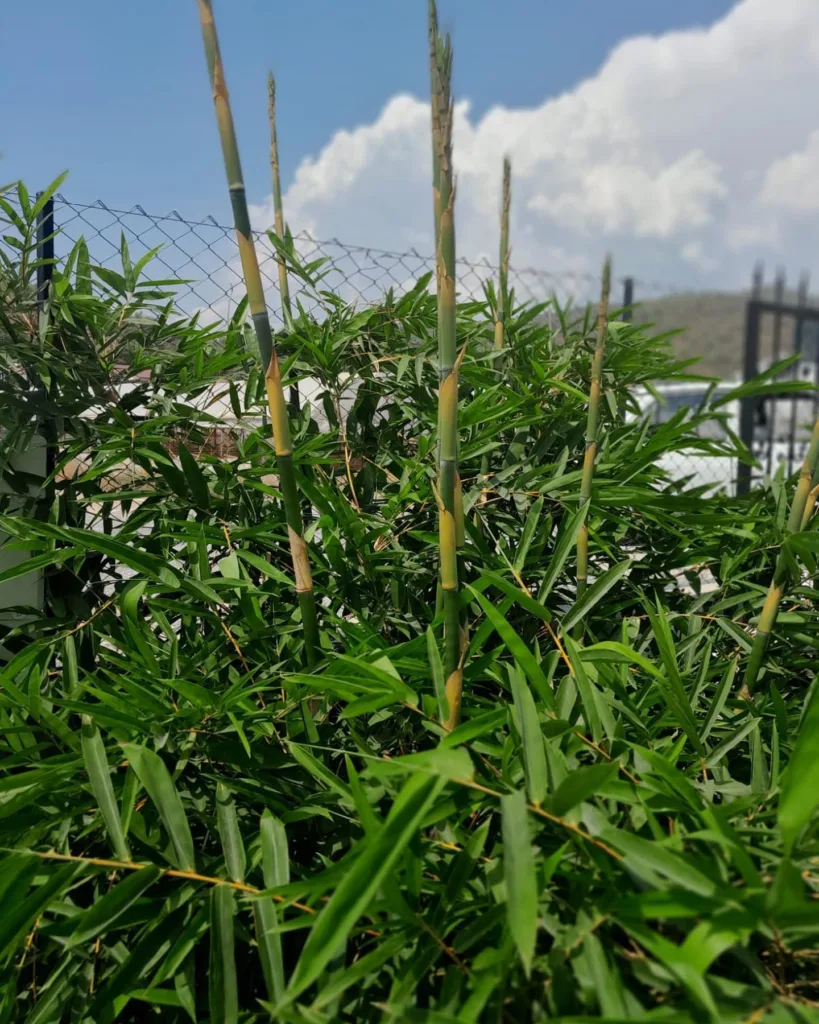FAQs About Chamaecyparis Thyoides
When it comes to Chamaecyparis Thyoides, often referred to as the Atlantic White Cedar or Eastern White Cedar, I’ve found that there are several frequently asked questions that come up among garden enthusiasts and homeowners. In this article, I’ll dive into these FAQs, offering insights based on my personal experiences and observations.
5 Species in Genus Chamaecyparis
What Is Chamaecyparis Thyoides?
Chamaecyparis Thyoides is a coniferous tree native to the eastern United States, particularly along the Atlantic Coast. This tree is well-known for its attractive, feathery foliage and its ability to thrive in wet, swampy conditions. Its evergreen nature and beautiful, aromatic wood make it a popular choice for landscaping and decorative purposes.
Does Chamaecyparis Thyoides Sprout All Along the Bole?
One common question I encounter is whether Chamaecyparis Thyoides sprouts all along the bole (the main trunk). In my experience, this species doesn’t typically sprout along the entire length of the bole. The tree usually retains its lower branches for many years, but as it matures, the lower branches may die off or become sparse. New growth is usually concentrated at the tips of the branches, with the trunk remaining relatively bare. If you’re looking for a tree with dense foliage all along the trunk, you might need to explore other options.
Where to Buy Chamaecyparis Thyoides in Maine?
Finding Chamaecyparis Thyoides in Maine can be a bit of a hunt. I’ve had the best luck at local nurseries and specialty garden centers that focus on native plants. Some reputable sources include Maine Coast Nursery, which offers a range of native plants suited to the Maine climate, and local garden clubs or botanical gardens that sometimes have plant sales. Additionally, online retailers that specialize in native species can be a good option if you’re unable to find it locally.
How to Care for Chamaecyparis Thyoides?
Caring for Chamaecyparis Thyoides is relatively straightforward. Here are some tips based on my own experiences:
- Soil and Location: This tree prefers moist, well-drained soil. It’s commonly found in wetlands in the wild, so it thrives in conditions that are consistently damp. Ensure that the planting site has good drainage to prevent root rot.
- Sunlight: Chamaecyparis Thyoides grows best in full sun to partial shade. It can handle a range of light conditions, but it will be most robust with some direct sunlight.
- Watering: Regular watering is crucial, especially during dry spells. However, avoid overwatering, as this can lead to root issues.
- Pruning: Minimal pruning is needed. Only remove dead or damaged branches to maintain the tree’s health and shape.
How to Propagate Chamaecyparis Thyoides?
Propagation of Chamaecyparis Thyoides is typically done through seed or cuttings. Here’s a brief rundown:
- Seeds: Collect seeds from mature cones and sow them in a seed-starting mix. Keep them moist and in a cool environment until they germinate.
- Cuttings: Take semi-hardwood cuttings in late summer. Dip the cuttings in rooting hormone and plant them in a moist, well-draining medium. Maintain high humidity until roots develop.
What to Plant with Chamaecyparis Thyoides?
If you’re planning to include Chamaecyparis Thyoides in a garden design, consider pairing it with other plants that enjoy similar conditions. Here are some companions that work well:
- Wetland Plants: Iris, cattails, and ferns thrive in similar wet conditions and can complement the Chamaecyparis Thyoides.
- Ground Covers: Creeping juniper or hostas can provide a nice contrast and cover the ground around the tree.
- Perennials: Look for plants like astilbes or hostas that can handle moist soil and provide additional texture and color.
Can You Grow Chamaecyparis Thyoides Indoors?
Growing Chamaecyparis Thyoides indoors is generally not advisable. This tree requires specific conditions—like ample space and high humidity—that are challenging to replicate indoors. Additionally, it grows quite large, making it unsuitable for most indoor environments. It’s best enjoyed in outdoor settings where it can reach its full potential.
Is Chamaecyparis Thyoides Toxic?
Chamaecyparis Thyoides is not considered toxic to humans or pets. However, as with many plants, ingestion of large quantities can cause mild gastrointestinal upset. It’s always a good practice to ensure pets and small children don’t consume plant material.
Benefits of Chamaecyparis Thyoides
One of the key benefits of Chamaecyparis Thyoides is its adaptability to wet environments, making it an excellent choice for areas that experience frequent rainfall or have poor drainage. Its evergreen foliage provides year-round interest and shelter for wildlife. Additionally, the aromatic wood is prized for its durability and pleasant scent.
Common Problems
While Chamaecyparis Thyoides is relatively low-maintenance, it can face some common issues:
- Root Rot: Occurs if the soil remains too wet. Ensuring proper drainage can help prevent this problem.
- Pests: Watch out for pests like spider mites or scale insects. Regular inspection and treatment can manage these issues.
Comparison with Similar Species
Chamaecyparis Thyoides is sometimes confused with other similar conifers like Chamaecyparis Pisifera (Japanese False Cypress). While both have a similar appearance, Chamaecyparis Pisifera is more tolerant of drier conditions and has a different growth habit and foliage texture. Understanding these differences can help in selecting the right tree for your landscape.
In conclusion, Chamaecyparis Thyoides is a versatile and attractive tree that, with the right care, can thrive in a variety of settings. Whether you’re planting it for its aesthetic appeal or its practical benefits, understanding its needs and characteristics will ensure that it remains a beautiful and functional part of your garden.
If i die, water my plants!



